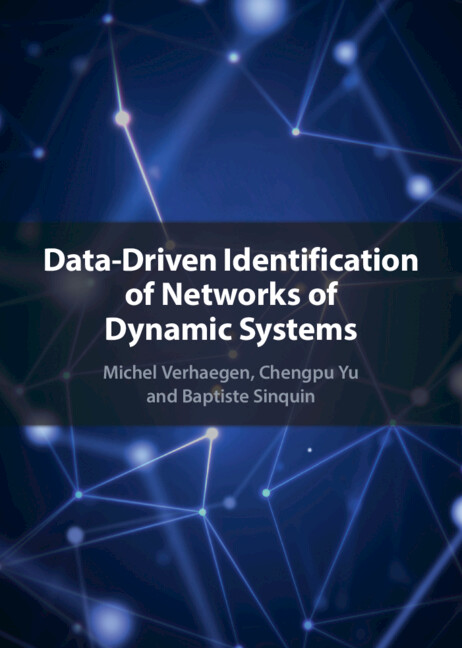Data-Driven Identification of Networks of Dynamic Systems
This comprehensive text provides an excellent introduction to the state of the art in the identification of network-connected systems. It covers models and methods in detail, includes a case study showing how many of these methods are applied in adaptive optics and addresses open research questions. Specific models covered include generic modelling for MIMO LTI systems, signal flow models of dynamic networks and models of networks of local LTI systems. A variety of different identification methods are discussed, including identification of signal flow dynamics networks, subspace-like identification of multi-dimensional systems and subspace identification of local systems in an NDS. Researchers working in system identification and/or networked systems will appreciate the comprehensive overview provided, and the emphasis on algorithm design will interest those wishing to test the theory on real-life applications. This is the ideal text for researchers and graduate students interested in system identification for networked systems.
- Provides a comprehensive overview of identifying network connected systems
- Discusses key applications in large scale adaptive optics
- Includes current open questions to prompt further research
Product details
May 2022Hardback
9781316515709
286 pages
250 × 175 × 19 mm
0.67kg
Available
Table of Contents
- 1. Introduction
- Part I. Modelling Large-Scale Dynamic Networks:
- 2. Generic modelling for MIMO LTI systems
- 3. Signal flow models of dynamic networks
- 4. Models of networks of local LTI systems
- 5. Classification of models of networks of LTI systems
- Part II. The Identification Methods:
- 6. Identification of signal flow dynamic networks
- 7. Subspace-like identification of multi-dimensional systems
- 8. Subspace identification of local systems in an NDS
- 9. Estimating structured state-space models
- Part III. Illustrating with an Application to Adaptive Optics:
- 10. Towards control of large-scale adaptive optics systems
- 11. Conclusions.




